
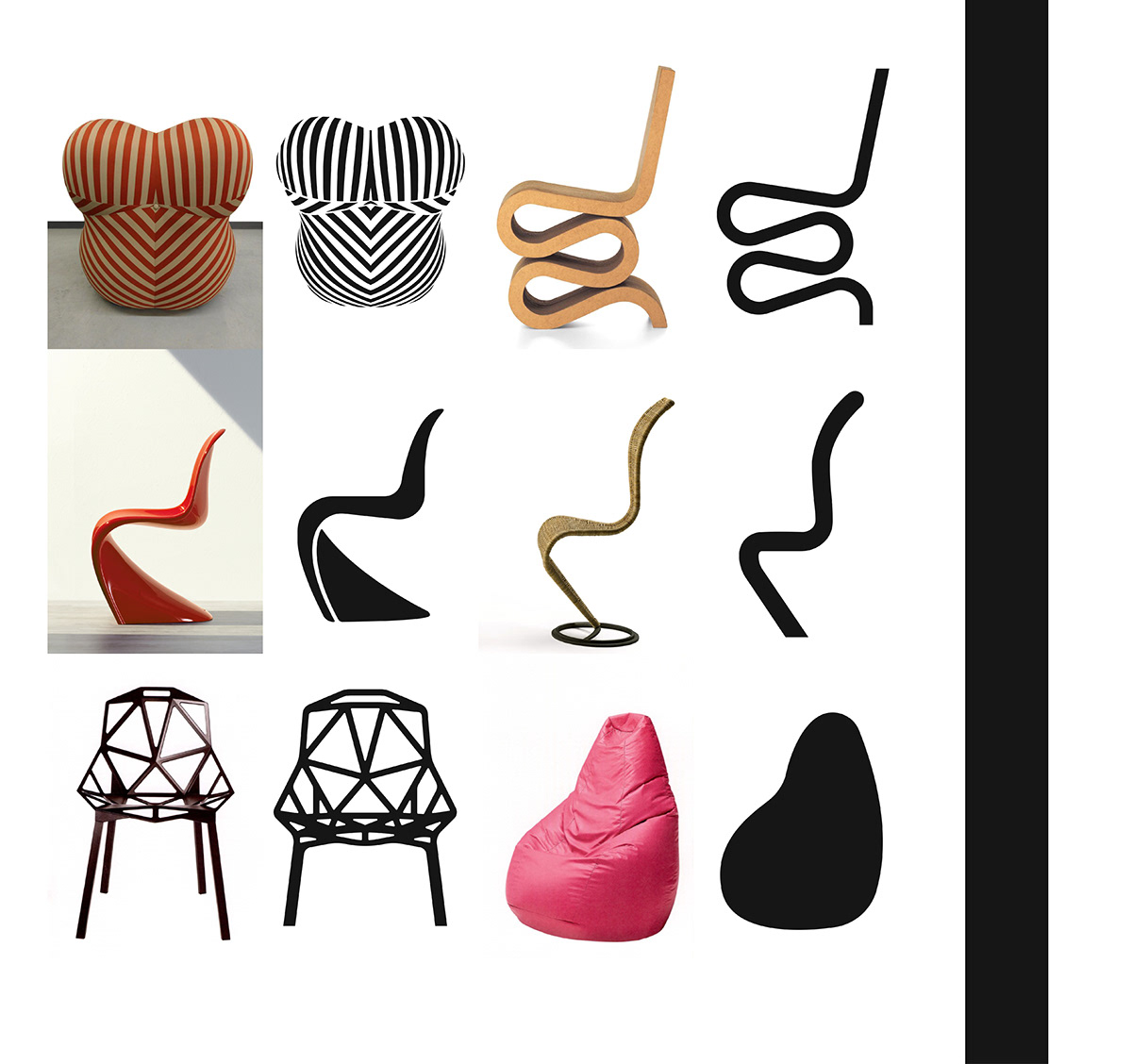








Donna Up5, 1969
Design: Gaetano Pesce
The Donna Up5 was regarded as uncompromisingly radical when it was unveiled by the avant garde Italian architect Gaetano Pesce (1939-) in 1969. Pesce designed it as part of a new series of vacuum sealed upholstered furniture which could be bought in as a flat pack and literally sprang to life once the vacuum seal was broken. Described by Pesce as “transformation furniture", each Up piece is compressed to a tenth of its full size when vacuum-packed in PVC before expanding to its full size after the pack is opened. The Up5 became unexpectedly popular in the UK when it was featured as the diary room chair in the 2002 series of the reality TV show Big Brother.

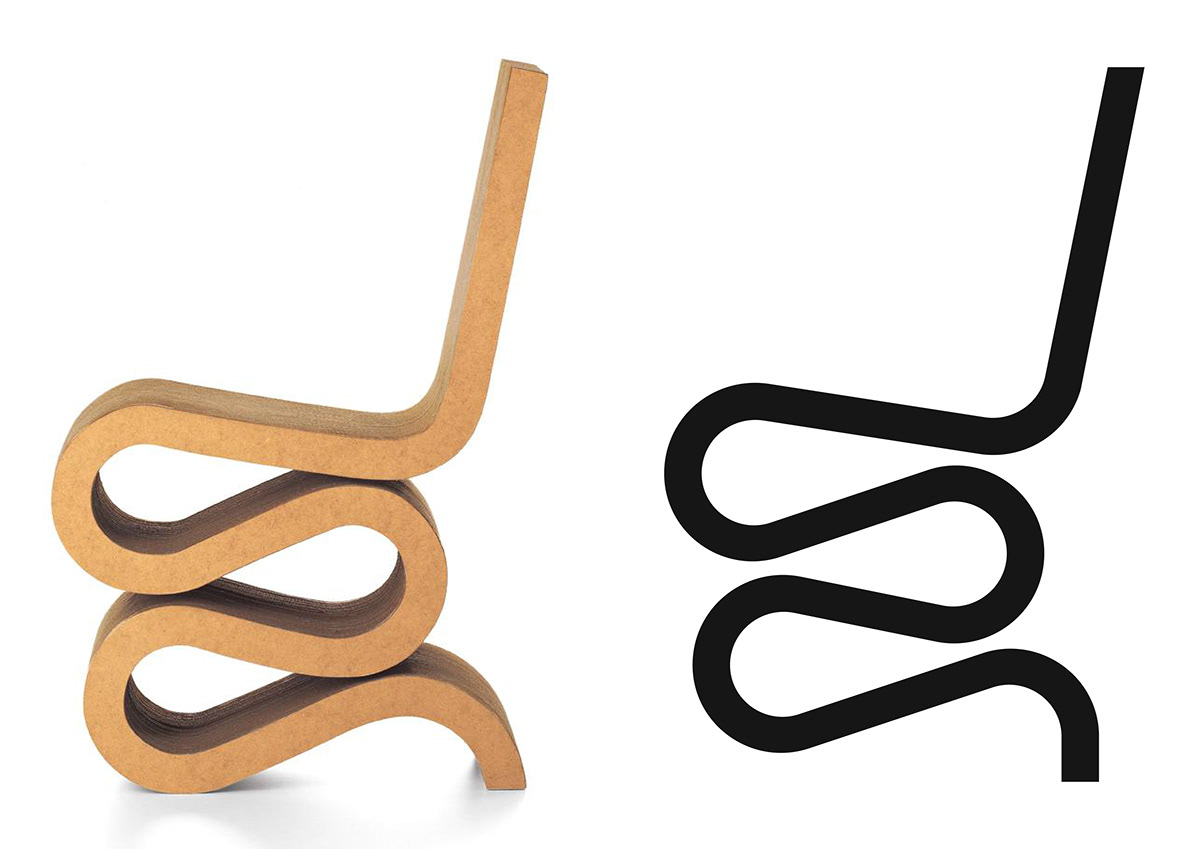
Wiggle Side Chair, 1972
Design: Frank O. Gehry
Best known for his iconoclastic architecture in buildings such as the Guggenheim Museum, Bilbao and the Walt Disney Concert Hall in downtown Los Angeles, Frank Gehry (1929-) has also experimented with furniture design throughout his career. One of his Easy Edges chairs, the Wiggle is composed of sixty layers of cardboard bonded and screwed together. Gehry transformed an everyday material – the corrugated cardboard from which his architectural models were made - into a solid sculptural form. 'I began to play with it, to glue it together and to cut it into shapes with a hand saw and a pocket knife', he recalled.

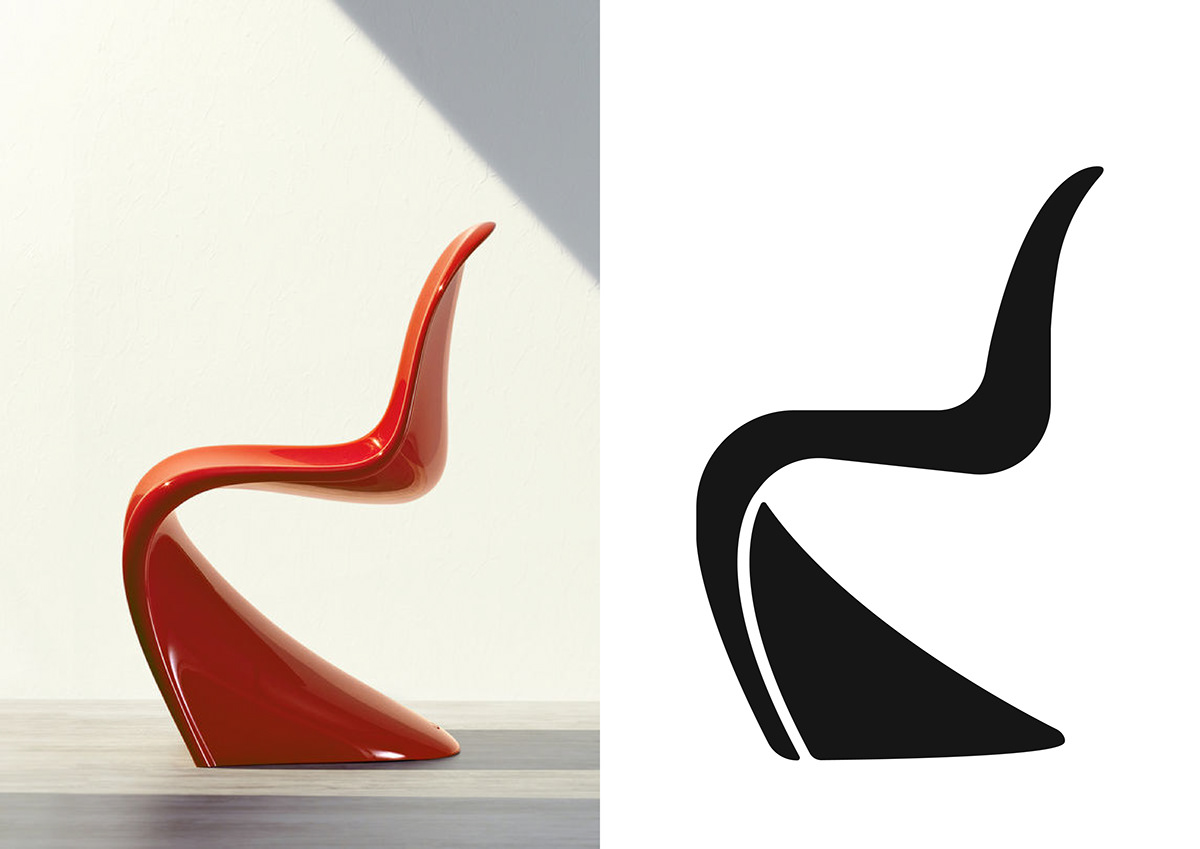
Panton Chair, 1968-1999
Design: Verner Panton
Sexy, sleek and a technical first – as the first cantilevered chair to be made from a single piece of plastic – the Panton Chair epitomises the optimism of the 1960s. Inspired by the sight of a pile of plastic buckets stacked neatly on top of each other, Verner Panton (1926-1998) had struggled with ways of constructing a plastic cantilevered chair since the 1950s. When the Panton Chair was finally unveiled in the Danish design journal Mobilia in August 1967, it caused a sensation. Equally memorable was its appearance as a prop in a 1970 issue of Nova, the British fashion magazine, in a fashion shoot entitled “How to undress in front of your husband.'


S chair, 1988
Design: Tom Dixon
Having taught himself how to weld in the early 1980s after dropping out of art school, Tom Dixon (1959-) worked on more than fifty prototypes for the S Chair using different materials including rush, wicker, old tyre rubber, paper and copper. Its rough-hewn charm typifies the post-punk, do-it-yourself spirit of Dixon’s 1980s designs. Originally made by Dixon himself, the S Chair was later put into production by the Italian manufacturer Cappellini. Dixon has continued to combine design and manufacturing throughout his career by founding his own production companies, such as Eurolounge, in his role as head of design at the Habitat retail chain and, latterly, at Artek, the Helsinki furniture manufacturer founded by the Finnish architect Alvar Aalto.
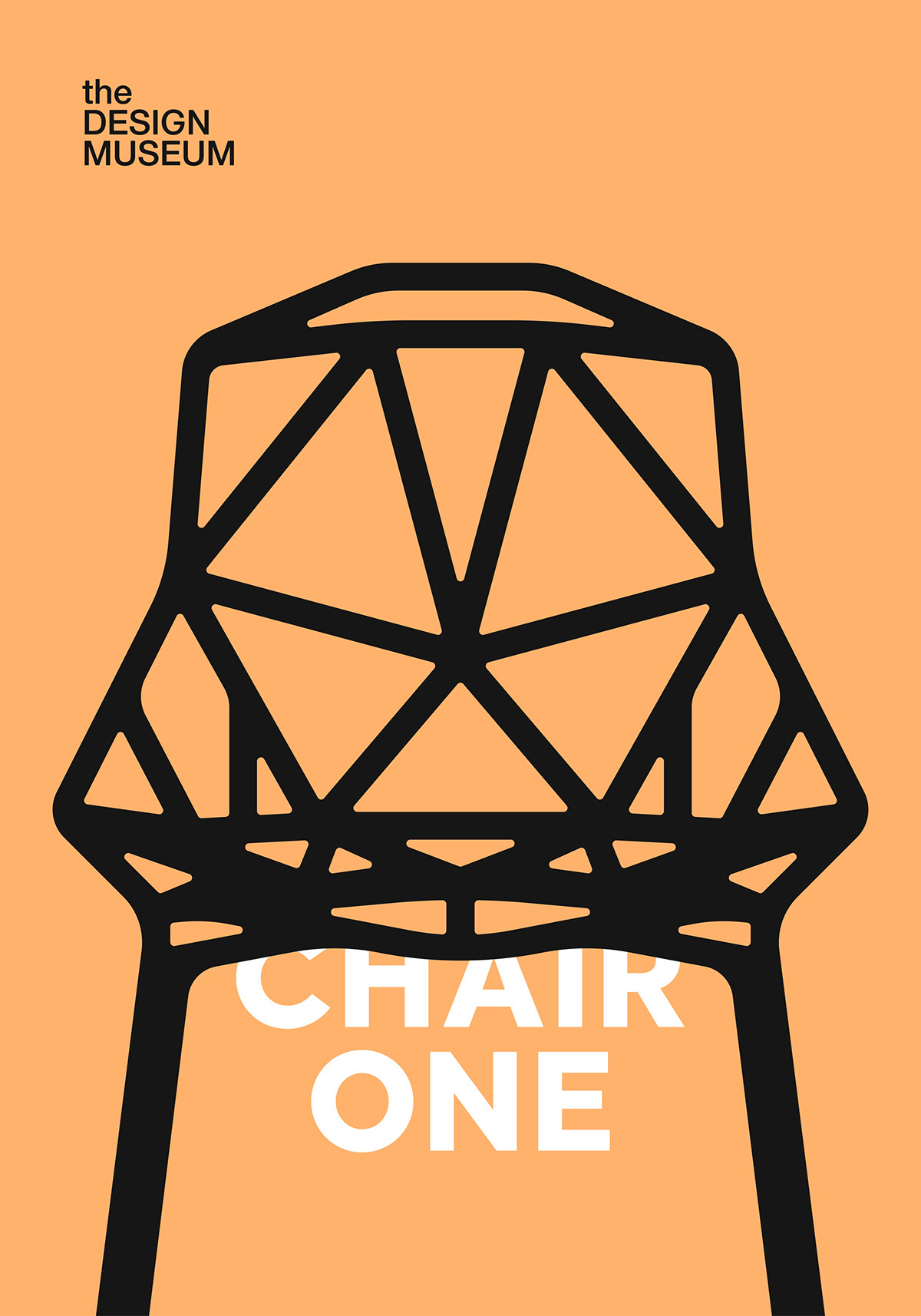

Chair One, 2003
Design: Konstantin Grcic
What will the chair of the future look like? Will it look as strange anddisconcerting as Chair_One,the creation of the German designer Konstantin Grcic (1965-)?Admittedly,Grcic developed the whole One series of die-castaluminium furniture for Magis with the intention of producingsomething that was deliber tely out of the ordinary,that wouldpurposely and purposefully break the mould. Grcic constructedChair_One like a football a collection of small,flat planesassembled at angles to create a three-dimensional form.Theresult is a cage-cum-cup in which the sitter can nestle like a birdin its nest.The use of die-cast aluminium was a new technique for bothdesigner and manufacturer,and is another reminder of how newtechnology is so often the driving force behind new design. (Turnback to the beginning of this book and you will see how the ThonetSide chair No.4 was brought about by the innovation of steam bentwood.)However,much of the urgency to use new techniques toexpress modernity has passed.After more than a century of experimentation and innovation,reinvention and reinterpretation,the industrial aesthetic is the established norm. The slate is nowcleaner than ever before for the designer to have freedom inwhich to exercise his or her creativity and self-expression.

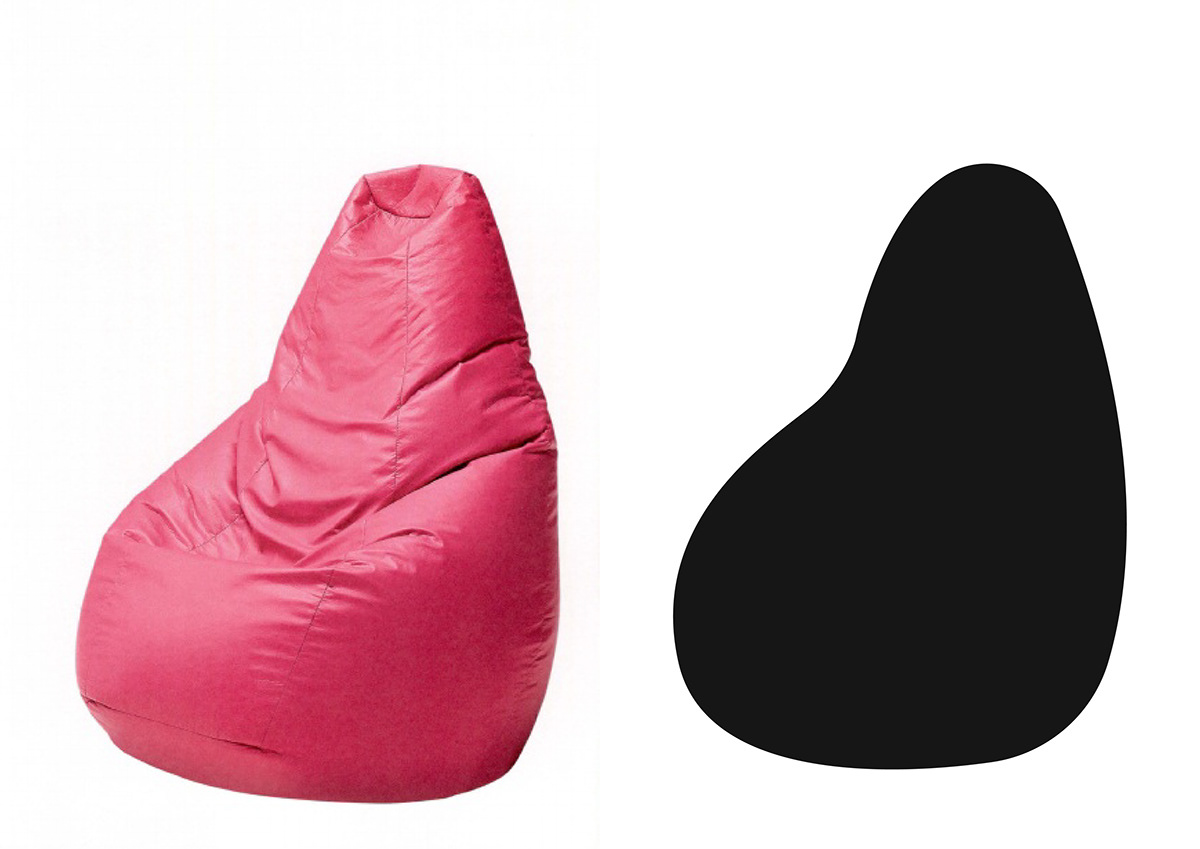
Sacco, 1968
Design: Piero Gatti, Cesare Paolini, Franco Teodoro
In the late 1960s Italy increasingly positioned itself at the forefrontof contemporary design,as companies such as. Cassina and Zanotta showed themselves prepared to take up what appearedto be groundbreaking,quirky or even downright impracticaldesigns. Zanotta took just such a risk with the Sacco and founditself with a hit on its hands.On one level the Sacco was an exercise in iconoclasm apiece of design that was anti design,whose most crucial qualitywas its formlessness.But on another it was fun and practical,an object that both responded to,and facilitated,the laidback,youthful lifestyles of the 1960s.Designed by Piero Gatti (1940-),Cesare Paolini (1937-) and Franco Teodoro (1939-),the Sacco consisted of a blackleather or fabric bag sacco in Italian) filled with hundreds of tinypolystyrene spheres.It did away with almost every aspect of thetraditional chair -seat, back,armrests, legs -but instead mouldeditself to the shape of the user's body whatever posture he or shechose.Infinitely malleable,easily portable,it could become a chair,a chaise longue, a footstool,or even a kind of domestic sculpture.The progenitor of countless'bean bags', the Sacco inaugurateda whole new genre of furniture.




